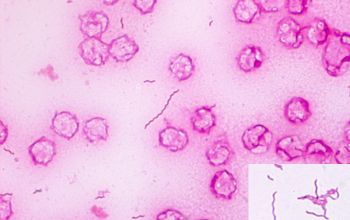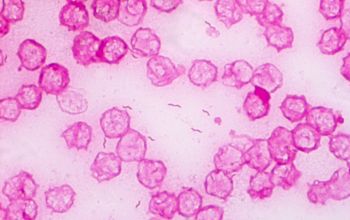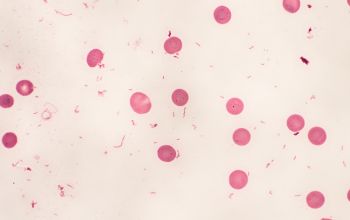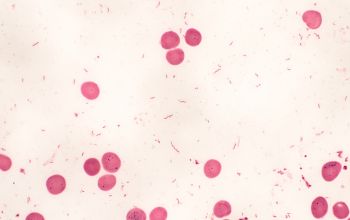Campylobacter fetus
-
General information
Taxonomy
Family: Campylobacteriaceae
Natural habitats
In the intestinal tract of animals.
Man is infected by direct contact with infected animals or by consumption of contaminated water or food.
Clinical significance
C. fetus is primarily associated with bacteremia and extra intestinal infections during pregnancy or in the compromised host.
Although gastroenteritis does occur with this species, the incidence is probably underestimated because the organism may not grow well at 42ºC and is usually susceptible to cephalothin, an antimicrobial agent used in some common selective media for stool culture.
-
Gram stain
Gram negative curved, S-shaped, or spiral rods,
0.2-0.9 x 0.5-5 µm
Rods may form spherical or coccoid bodies in old cultures or cultures exposed to air for prolonged periods.
-
Culture characteristics
-
Microaerophilic
BA: colonies may be low, flat, grayish, finely granular, and translucent appearance with an irregular edge, and a tendency to swarm and merge or may be round, 1-2 mm diameter, raised, convex, smooth, shiny, with an entire, translucent edge and a darker, opaque center.
Butzler agar = Campylobacter Selective Agar
After 24-48 hours flat, moist and shiny colonies.
In the thick areas inoculated colonies get a metallic gray blue tint.
They are able to swarm on the culture medium in part or sometimes in whole.
Sometimes round colonies with smooth edges, shiny and with a diameter of 2-3 mm.
CCDA agar = Campylobacter Blood-Free Selective Medium
Same as Butzler
-
-
Characteristics
-
References
James Versalovic et al.(2011) Manual of Clinical Microbiology 10th Edition
Karen C. Carrol et al (2019) Manual of Clinical Microbiology, 12th Edition





